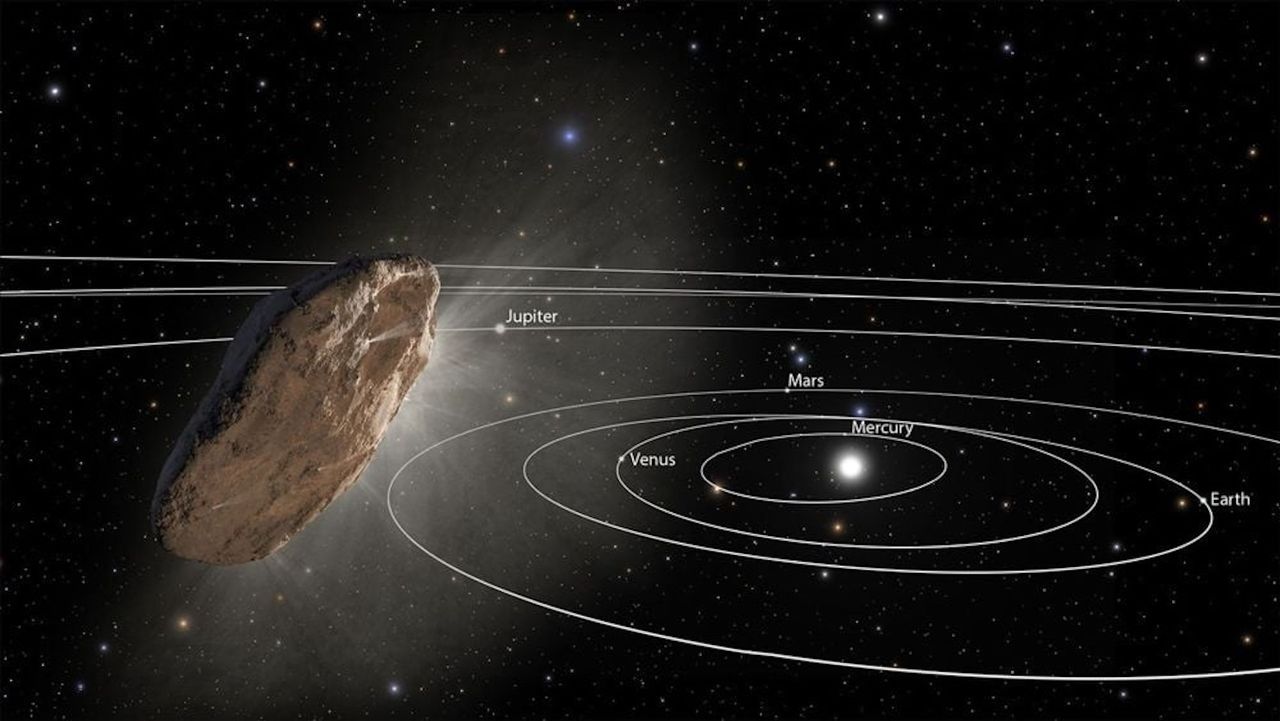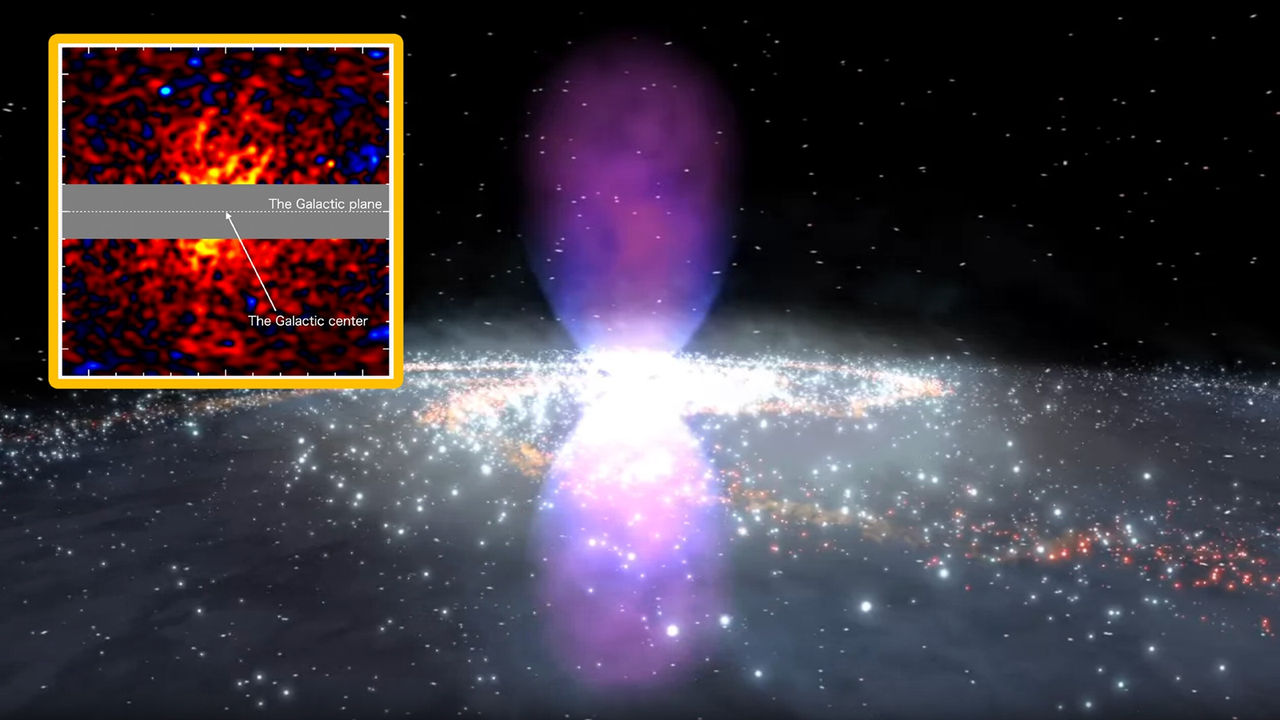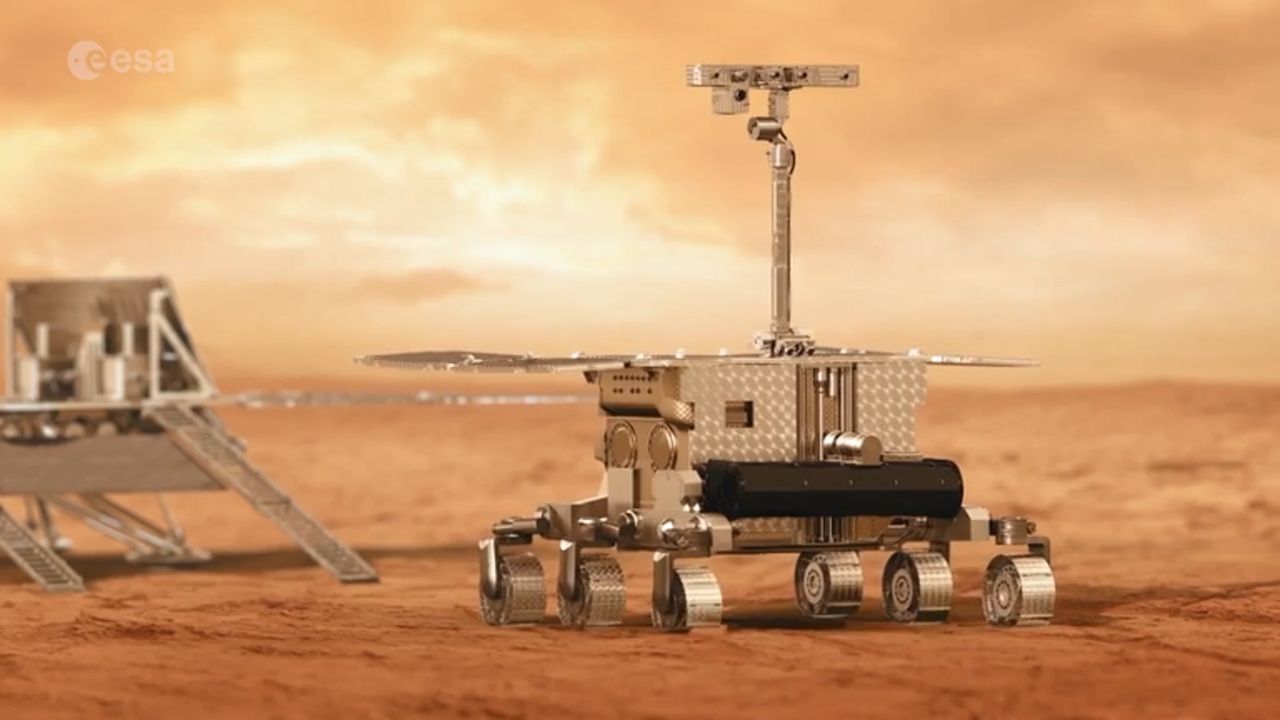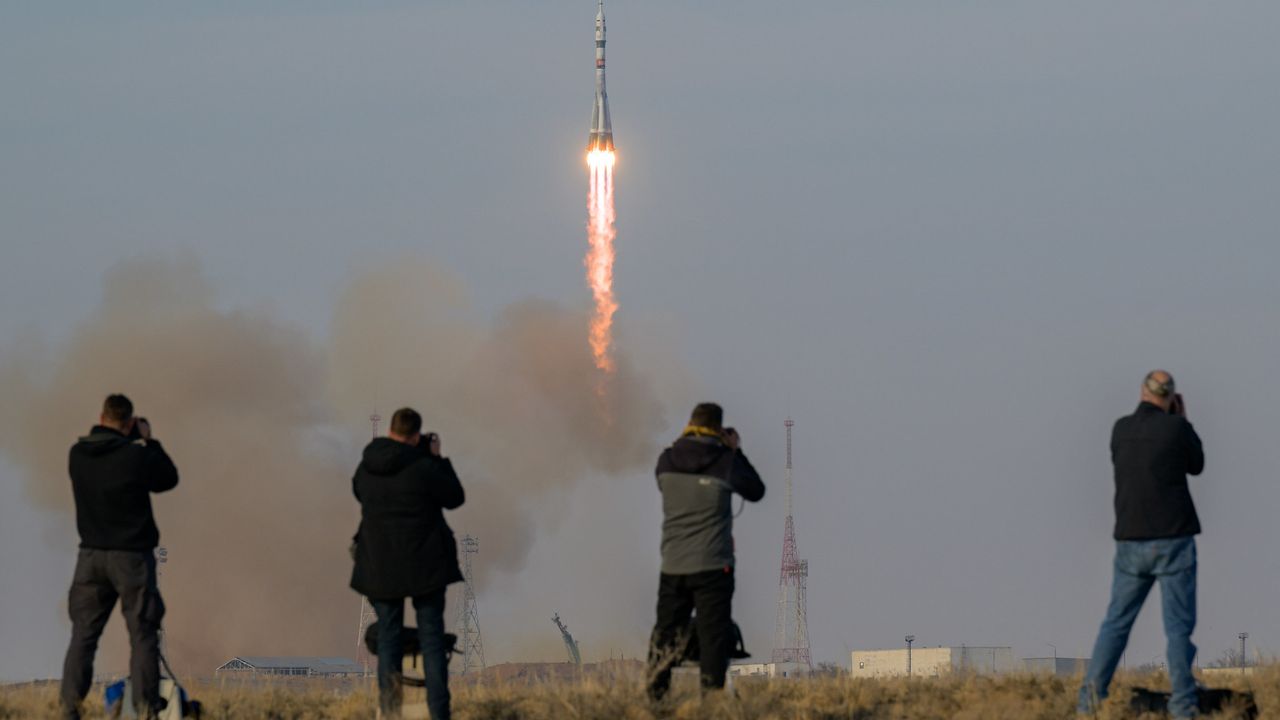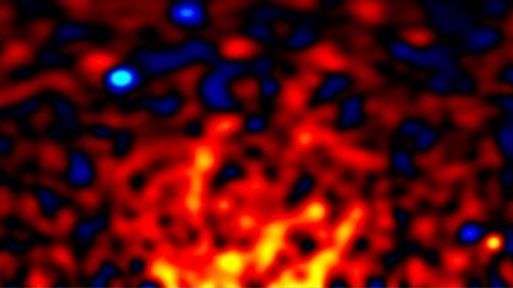Watch live: New images of comet 3I/ATLAS revealed by NASA today (Nov. 19)
PositiveScience
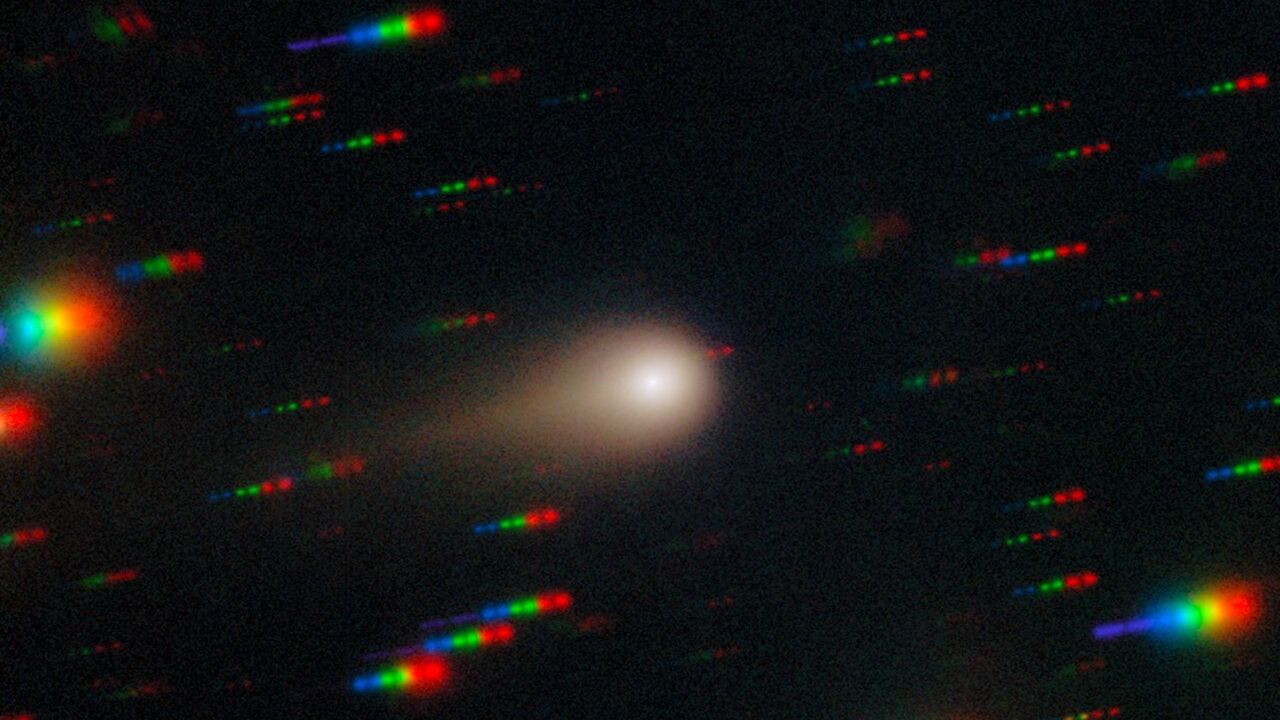
- NASA is set to unveil new images of comet 3I/ATLAS, captured during its recent close approach to Mars, in a live stream event today. This marks a significant moment for scientists and astronomy enthusiasts alike, as it provides a rare opportunity to observe an interstellar object in detail.
- The release of these images is crucial for NASA as it enhances understanding of interstellar comets, contributing to ongoing research about their origins and characteristics. Such insights could reshape current knowledge about celestial bodies beyond our solar system.
- The event highlights the growing interest in interstellar objects, as recent studies have revealed more about their nature and origins. The images are expected to spark discussions about the implications of these findings for our understanding of the universe and the formation of solar systems.
— via World Pulse Now AI Editorial System
